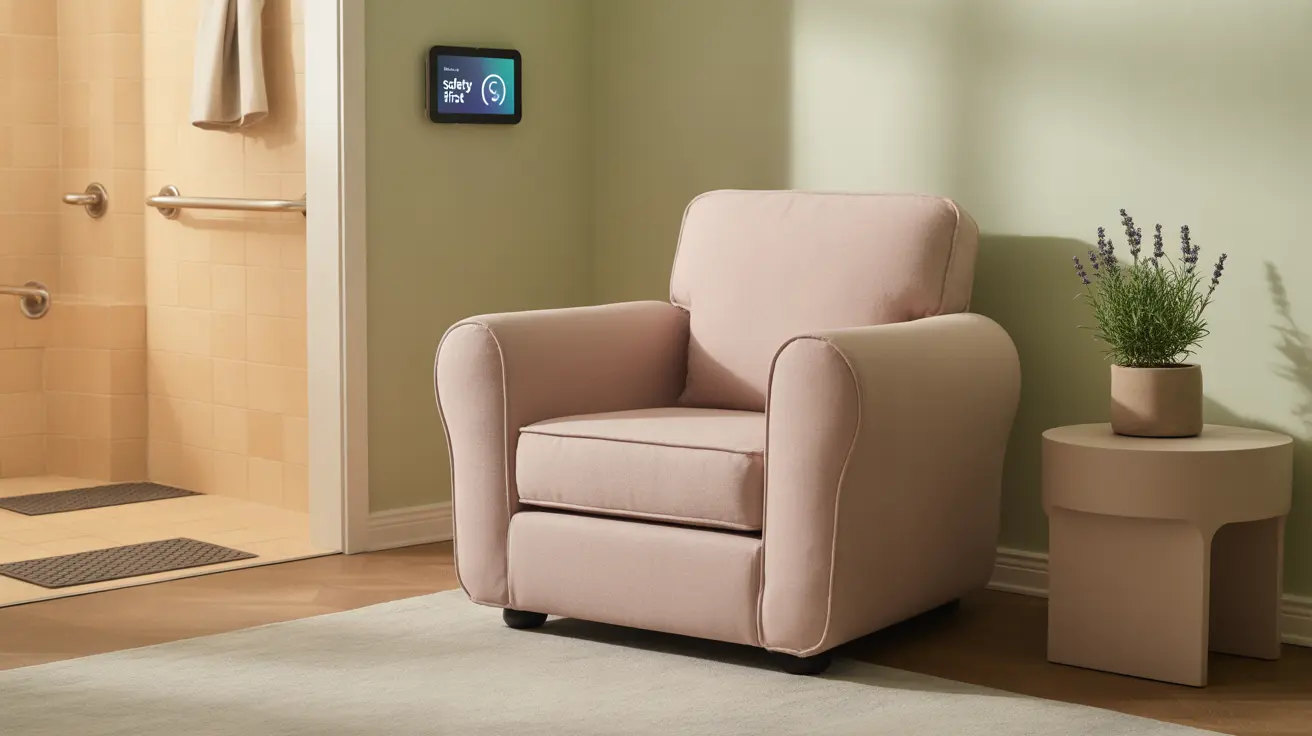Knowing your exact height is more than just a number—it's valuable information for health assessments, clothing purchases, and personal tracking. Whether you're preparing for a medical check-up or simply curious about your precise measurements, learning how to measure your height accurately at home is a practical skill anyone can master.
This guide will walk you through simple, effective methods to measure your height without professional equipment, using everyday household items and easy techniques that work for everyone.
Step-by-Step Height Measurement Techniques
Preparing for Accurate Measurement
Before you begin measuring your height, ensure you have a few essential items ready:
- A flat, vertical wall surface
- A hard, straight-edged object (like a cereal box or hardcover book)
- A pencil
- A tape measure
- A mirror (optional, but helpful)
Solo Height Measurement Method
Measuring your height alone is entirely possible with these straightforward steps:
- Remove shoes and any bulky clothing
- Stand barefoot against a flat wall with your back straight
- Keep your heels together and pressed against the wall
- Ensure your head is level and looking straight ahead
- Place the straight-edged object horizontally on top of your head
- Use a pencil to mark the wall where the bottom of the object meets your head
- Step away and measure from the floor to the marked point using a tape measure
Using a Mirror for Precision
A mirror can be an excellent tool to help you maintain proper alignment during self-measurement. Position yourself so you can see your entire body, ensuring the marking object remains parallel to the floor and perpendicular to the wall.
Converting Height Measurements: Imperial to Metric
Quick Conversion Calculations
Understanding how to convert between imperial (feet and inches) and metric (centimeters) measurements is crucial for international communications and health records.
- To convert inches to centimeters, multiply total inches by 2.54
- Example conversions:
- 5'7" = 170.18 cm
- 4'11" = 149.86 cm
- 5'6" = 167.64 cm
Why Accurate Measurements Matter
Precise height measurements serve multiple purposes beyond simple curiosity. Healthcare professionals use height data for:
- Calculating Body Mass Index (BMI)
- Assessing growth and development
- Monitoring potential health conditions
- Determining appropriate medical treatments
Common Height Measurement Tips
Best Practices for Accuracy
- Measure height in the morning when you're at your tallest
- Always use the same measuring technique
- Wear minimal, form-fitting clothing
- Stand with perfect posture: straight back, heels together
- Use a hard, flat surface for marking
Frequently Asked Questions
How do I accurately measure my height at home without assistance?
Follow the solo measurement method: stand against a flat wall, use a straight-edged object on your head, mark the wall, then measure from the floor to the mark using a tape measure.
What's the easiest way to convert 5'7 to centimeters (cm)?
Multiply the total inches (67 inches for 5'7") by 2.54. In this case, 67 x 2.54 = 170.18 cm.
Can I measure my height without a stadiometer, and what household items work best?
A cereal box, hardcover book, or clipboard work perfectly as marking tools. Ensure the object is straight and parallel to the floor for accurate measurement.
Why do I need an accurate height measurement for health purposes like BMI calculations?
Height is a critical component in calculating Body Mass Index, which helps assess potential health risks and provides insights into overall physical health and potential weight-related concerns.
How much height difference is normal between morning and evening measurements?
Most people are approximately 0.5 to 1 inch shorter in the evening due to spinal compression throughout the day. Measuring in the morning provides the most consistent result.
Remember, while home measurements can be quite accurate, periodic professional measurements during health check-ups provide the most reliable tracking of your height over time.




